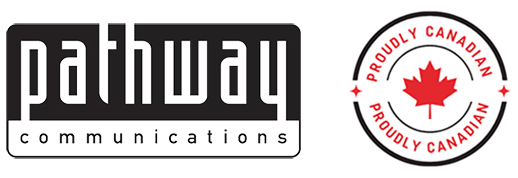As cyber and ransomware attacks continue, many organizations no longer respond quickly to endpoint threats as they should. For instance, around 30% of all known breaches are because of malware getting installed on the endpoints. Today, IT security is more important than ever, and there are several best practices your company should follow.
Best Practice #1: Protecting Your Endpoints
The endpoints are doors that can lead to some of your most important data. Endpoint devices can help hackers since they often can’t get into internal networks from the internet. Usually, next-generation firewall protection keeps them safe, and content delivery networks let you access the data in the cloud. Along with firewall, anti-malware and anti-virus software play an important role in keeping the network safe.
Hackers often have to have access that is near-physical. If you do not have proper IT security measures in place, hackers can get to your sensitive, valuable data without the employee or company knowing about it.
Best Practice #2: Having the Least Privilege Access
Currently, the best practices of managed IT services involve giving your users as few privileges as possible. When a common user accesses the endpoint using an administrator’s credentials, it is easy for malware to get installed. You should make sure that each user can do their job, but you should give them the least privilege access rights. Many users will not need software installation rights.
If they need more rights, make sure that they have Multi-Factor Authentication. Keep track of when this happens and look at the logging reports often. That way, you can monitor the existing processes to ensure that they are applicable. Limiting the privileges of end-users substantially limits the abilities of hackers when they access the device.
Best Practice #3: Doing Endpoint Scans
Cybercriminals are becoming more advanced, so malware has evolved from a simple virus to something dormant and waiting to get activated. Antivirus tools might not detect it in this case. Have the right security solution in place to protect from malicious attacks. Actively mentor and scan locations such as the registry and the user profile folder.
Best Practice #4: System Hardening
Many operating systems have a firewall, but the applied configuration is often minimal and reduces the potential. Limiting the number of applications that a user can launch will reduce the chances of spreading malware on the network segments, such as the subnet.
Choosing the Right Managed IT Services
These are just a few of the many effective security practices you will see endpoint security companies implementing. Ensure that your security solutions can meet the flexibility, security, and manageability requirements to avoid limitations. If you want to know more about IT security, give Pathway Communications a call today.

